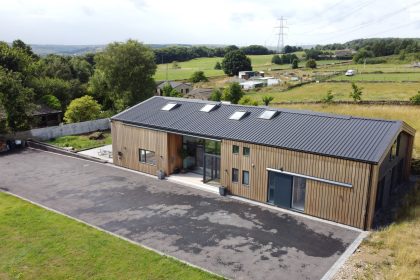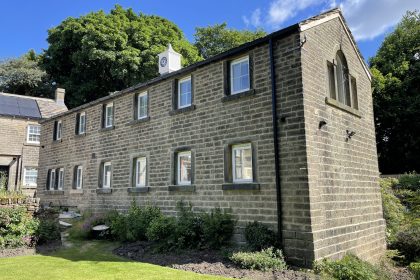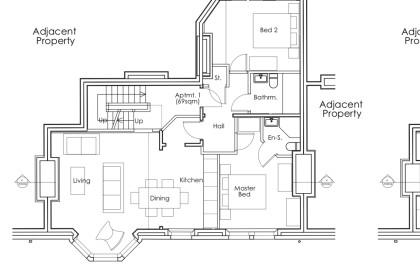At Fibre we are always looking at the current markets and helping our clients decide on the best way forward with either their investment, current property changes or future plans.
With the dreaded Brexit issue looming over everyone the markets have been holding back on some investments, however the picture for the north is certainly not gloomy.
In England the April government data showed an overall 0.7% rise since March 2019. Reviewing the WHICH report using figures from the Land Registry, the UK house price index showed a mixed picture, dependant on where in the UK you live.
Overall the house prices in the UK rose on average from £223,612 to £226,798, with the housing market slowing. The Bank of England inflation report from May quoted Brexit uncertainty, affordability constraints, increased housing supply and changes to policies regarding buy to let property and landlord restrictions.
The interesting factor in all of this data is that the north has been less affected; it is thought that this is because of the less reliance on international investment in the north of the country rather than the South East.
Yorkshire and Humber showed the strongest growth shooting up by 3.6% in March 2019, Northern Ireland rose by 3.5% and Scotland rose by 3.3%.
No-one is sure where the market will go next, but the data suggests the following predictions:
• Mortgage rates have remained steady, but many predict that this will change
• Millennials will continue to buy their own homes despite the rate rise predictions
• Renting is on the increase in older age ranges as well as younger age ranges
• Millennials will continue to make up the largest segment of buyers moving into 2020, accounting for around 45%, compared to 17% of Boomers and 37% of Gen Xers.
Home buying power may decrease, but this could be a powerful thing, slowing down sales and easing price momentum. In the majority of markets, the number of homes and newly constructed homes on the market will slightly increase, opening up more options to buyers.
For 2019 home appreciation will slow to around 3% with the majority of new inventory focussing on mid to high-end price tiers.
Other factors to consider are commercial property managers, new apartment builds, the renters’ market and a slowdown in rent rises and new technology and the marketing budgets behind this with the many offers and deals on the table.
In summary, 2019 starts slowly and continues as such throughout the year which is not necessarily a bad thing. The slowdown will allow incomes to catch up and inventory to stabilise, creating a healthier housing market across the board. The medium- and long-term prospects are good, the demographics will support the demand.
At Fibre we are advising our clients on the best way to change and handle their current land holdings and properties from extension to improvement to new build development. Our in-depth knowledge and expertise, together with our established estate agency advisers, ensures all our clients develop alongside current market trends and expectations. For an informal chat give us a call.







